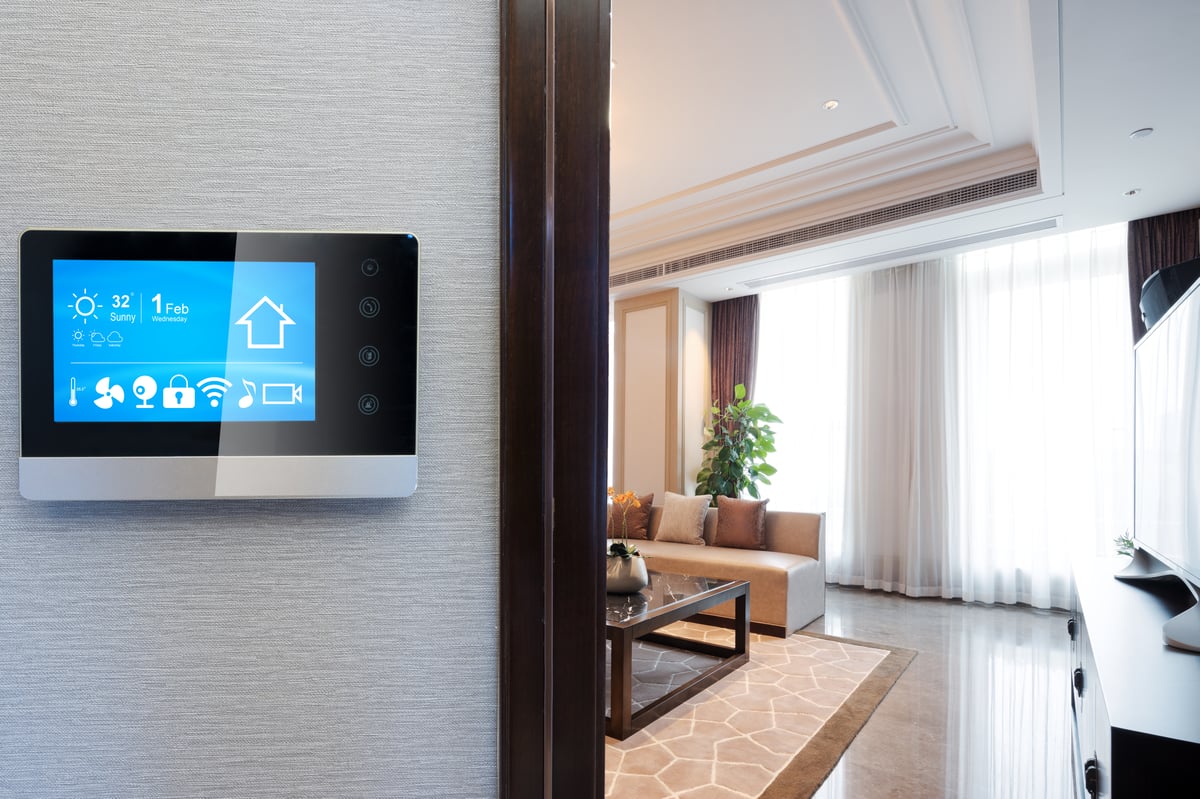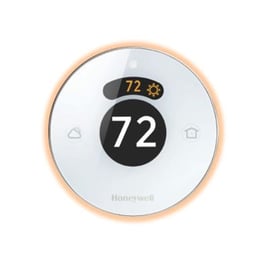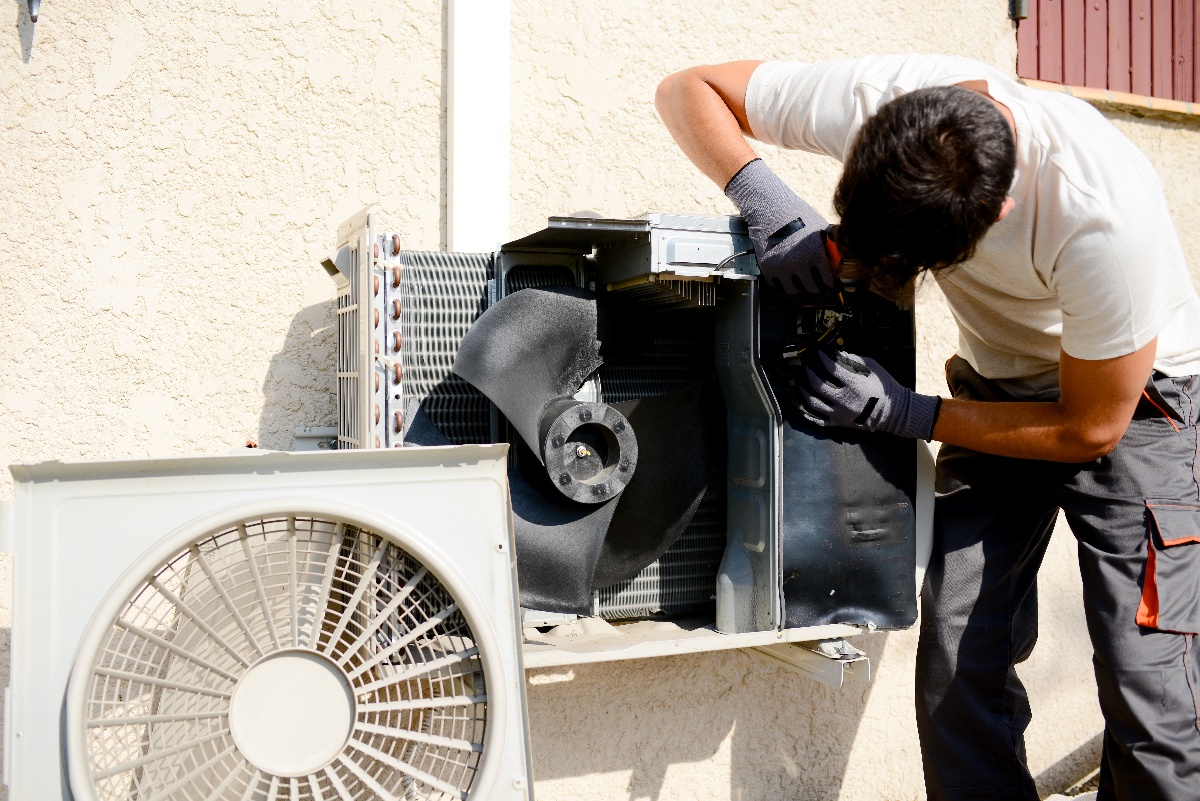Wolseley PRO Pipeline Blog
Uneven heating and cooling issues are two of the major concerns causing homeowner frustrations as the seasons and temperatures change. Since one of the most common complaints is uneven home cooling during the summer months, what can you do to solve this issue for your customers?
Find Out What’s Causing Uneven Home CoolingWhen homeowners experience uneven cooling in their home, there are a few main culprits that need to be looked at in order to solve this issue. To determine the cause, start with an inspection of your customer’s entire HVAC system including equipment, ducts and the thermostat.
HVAC Equipment Is Outdated, Not Maintained, Or Improperly Sized
Some reasons for home heating and cooling issues revolve around HVAC Equipment that is either outdated, not maintained, or has been improperly sized.
HVAC systems that use older technology, or that haven’t been properly maintained throughout their years of operation, will often contribute to unreliable home heating and cooling. Build-ups of various contaminants and general wear affect both the ability to heat and cool as well as the overall efficiency of a system.
An HVAC system that has remained the same despite structural renovations throughout the home can become an issue as well. Duct changes as well as equipment incorrectly sized due to renovations will also lead to poor performance. Finally, installation of the wrong accessories (like an air filter that restricts airflow such as a 1” MERV 11 filter) can cause a serious deterioration in system performance.
Improper sizing of the HVAC system in relation to requirements of the home is another major factor contributing to uneven heating and cooling. For example, if the Air Conditioning unit is too big for the home’s heat gain, the unit will run short cycles (run too often), and will not be able to remove the humidity from within the structure, leading to a reduction in homeowner comfort. To give homeowners the best results and the most comfortable system, a proper heat loss/gain is recommended to ensure properly sized equipment.
Leaky Ducts or Equipment Leaks And Blocked Registers and Vents
Leaky Ducts are an unquestionable source for uneven home cooling and heating. Energy Star estimates that a typical home has 20%-30% air loss through poor connections as well as holes in the ductwork. Leaks in the equipment created by improperly fitted doors as well as poor connections to the ductwork can also be a source of leaks even before the air even makes it through the ducts.
Checking if a client’s home has leaky ducts or equipment air leaks can be time-consuming because you’re looking at small details in a large system. When checking equipment, look to see if screws and panels are tight and that there is no leakage through any of the seals on the equipment. If you see anything coming apart, be sure to repair the leaks appropriately. For the ductwork, carefully examine that the metal fittings are secured in place properly, that the S-Cleat used on duct joints are properly sealed, and if possible, that joints are foil taped to provide an added barrier.
When this is done, homeowners will see an increase in efficiency and comfort. This means less energy wasted through small cracks in the HVAC system and more air flowing throughout the home.
Blocked registers, vents and return air grills are also an issue. If the air cannot flow into the room (like if a chair is over top of the register) the room will not be cooled. Likewise, if the return air grills are blocked (very common by furniture being pushed against the grill on the wall), the air will not be drawn through the room. What goes in, must come out.
Change Thermostat Location
The placement of a thermostat can mean the difference between an evenly or unevenly heated and cooled home. A thermostat should be installed on a wall that does not experience temperature extremes. Always avoid exterior walls because they are colder than the interior of the home. Avoid putting the thermostat in a kitchen or rooms with other heat sources (like gas fireplaces) due to heat fluctuations caused by external sources (like heat from cooking). Ensuring that a thermostat is not on a wall that is in the direct path of the sun, like in front of a large bay window, is also important as the radiant energy coming through the window will affect cause the thermostat to show false readings.
When choosing a thermostat location, it should be installed on an interior wall, in a room that is used often, not be blocked by furniture or any other item, and away from any source of heating or cooling such as an air vent or TV. For homes that have multiple levels or are larger in square footage, it’s advisable for homeowners to either install a thermostat with a remote sensor that is capable of temperature averaging, or consider an HVAC system capable of zoning. In some cases a separate system altogether may be required such as a ductless split in an upper loft or troublesome bedroom.

New Technologies to Solve Uneven Home Heating and Cooling
Technology continually develops to help HVAC companies tackle uneven home heating and cooling issues. One or a combination of these technologies can significantly improve homeowner comfort.
Suggest Using Programmable or Smart Thermostats
One way to achieve better, more accurate temperature readings in a home and add to HVAC efficiency, is to install either a programmable or Smart Thermostats.
When introducing either thermostat to homeowners, it’s important to communicate the different ways that they operate both between each other, as well when compared to a standard non-programmable thermostat. With a standard non-programmable thermostat, you set one temperature for heating and cooling no matter the time o
f day or day of the week. With programmable thermostats you can adjust the temperature settings depending on the time of day or day or the week, allowing the homeowner to adjust the temperature for times they are absent.

Smart thermostats operate in a similar way to a programable thermostat in the sense that they are programmable. However, main difference between a programable thermostat and a Smart Thermostats is the ability to learn from homeowner behaviours to give the best energy efficiency. Generally, programmable thermostats are easily controlled through a home’s Wi-Fi network or in some cases, a home automation network.
Smart Thermostats can adjust quickly depending on movements, people and daily routines because of their sensors. This leads to continual learning
Check out the Honeywell’s Lyric Round Smart Thermostat or shop all thermostats on Wolseley Express here.and adjustments, removing the guesswork and giving homeowners greater flexibility and control over their home’s cooling and heating. Many smart thermostats use sensors that can be placed in multiple areas throughout the home and can do temperature averaging.

Using Zoning Systems
Forced air zoning systems use dampers to control airflow to various areas of the dwelling to ensure even heating and cooling. By using multiple thermostats, or more commonly a common house control with sensors, only the areas that require heating or cooling will get it. The only disadvantage to this system is it may be hard to retrofit into an existing system.
Spot Heating or Cooling
In some applications, a ductless split system may be required. With a condenser that is smaller than the standard ducted condenser and new indoor units, these units are far more discreet than previous model. They are highly efficient and with the heat pump models, are can cover off far more scenarios than previous models.
Next time you are working with HVAC customers, be sure to provide a thorough inspection of their existing HVAC system to repair what can be solved but also expand into new technologies to solve uneven home cooling.
To get the latest HVAC news straight to your inbox, sign up and be a Wolseley PRO.







